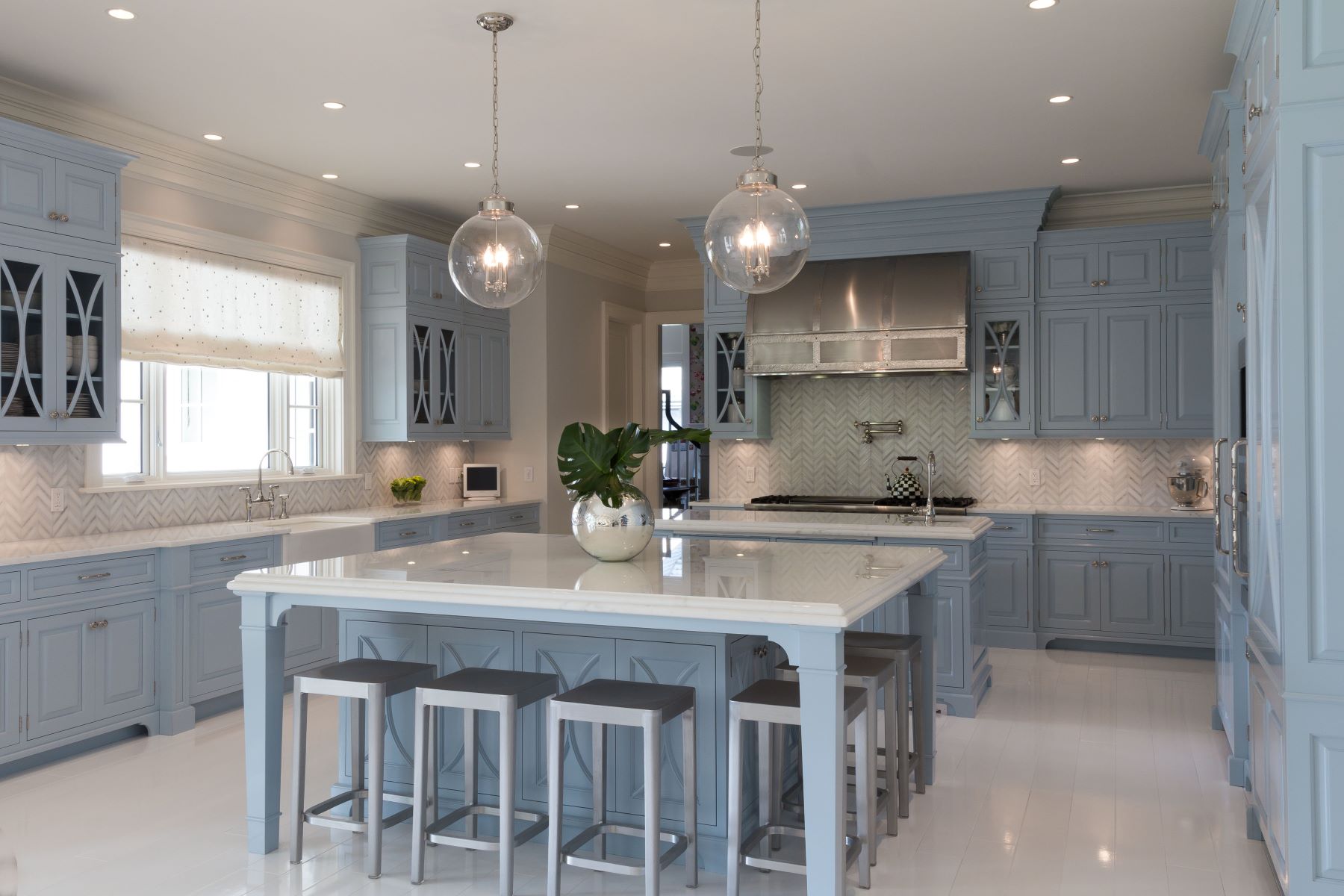

Articles
How To Match Countertops With Cabinets
Modified: January 18, 2024
Learn how to match countertops with cabinets in this informative article. Find tips and advice for choosing the perfect combination for your kitchen or bathroom.
(Many of the links in this article redirect to a specific reviewed product. Your purchase of these products through affiliate links helps to generate commission for Storables.com, at no extra cost. Learn more)
Introduction
Choosing the right countertops to match your cabinets is an essential aspect of kitchen design. A well-coordinated combination can enhance the overall aesthetic and create a harmonious space that reflects your personal style. On the other hand, mismatched countertops and cabinets can create a disjointed look that detracts from the overall appeal of your kitchen.
When selecting countertops that complement your cabinets, there are several factors to consider. These include the style and color scheme, material of the countertops, cabinet color, level of contrast, patterns and textures, lighting in the kitchen, and seeking professional advice if needed. By following these steps, you can ensure that your countertops and cabinets work together seamlessly to create a stunning and cohesive kitchen design.
In this article, we will explore each of these steps in detail to help you make informed decisions when matching countertops with cabinets. Whether you’re remodeling your kitchen or starting from scratch, these tips and guidelines will assist you in achieving the perfect combination for your kitchen space.
Key Takeaways:
- Achieving a cohesive kitchen design involves considering style, color scheme, material, contrast, patterns, lighting, and seeking professional advice. These steps ensure stunning and harmonious countertops and cabinets.
- Carefully coordinating countertop and cabinet colors, materials, and levels of contrast can create visually appealing and functional kitchen spaces. Attention to detail and professional guidance can elevate the overall design.
Read more: How To Match Backsplash With Countertops
Step 1: Determine the Style and Color Scheme
The first step in matching countertops with cabinets is to consider the overall style and color scheme of your kitchen. Are you aiming for a modern and sleek look, or do you prefer a more traditional and rustic feel? Understanding the desired style will help guide your choices in both countertops and cabinets.
When it comes to color scheme, take into account the existing colors in your kitchen. Look at the wall paint, flooring, backsplash, and even appliances. Are they warm or cool tones? Neutral or bold? This will serve as a foundation for selecting colors that will harmonize with the rest of the space.
If you’re unsure about the style or color scheme you want, gather inspiration from kitchen design magazines, websites, or even visiting showrooms. Pay attention to the combinations that catch your eye and take note of the styles and colors you are drawn to.
Once you have a clear idea of your preferred style and color scheme, you can move on to selecting countertops and cabinets that will fit seamlessly into your kitchen.
Step 2: Consider the Material of Countertops
The material of your countertops plays a significant role in both the aesthetics and functionality of your kitchen. There are numerous countertop materials available, each with its own unique characteristics and visual appeal.
For a sleek and modern look, materials like quartz and stainless steel are popular choices. Quartz countertops offer a wide range of colors and patterns, making it easier to find a perfect match for your cabinets. On the other hand, stainless steel countertops provide a contemporary and industrial vibe, which can beautifully complement modern-style cabinets.
If you prefer a more traditional or rustic style, natural stone materials like granite and marble can be ideal choices. Granite countertops offer a wide range of colors and unique patterns, making each countertop one-of-a-kind. Marble, on the other hand, has a luxurious and elegant appearance that can elevate the overall aesthetic of your kitchen.
Other popular countertop materials include laminate, wood, concrete, and solid surface. Each material has its own advantages and characteristics, and it’s important to consider factors such as durability, maintenance requirements, and budget when making your decision.
When selecting a countertop material, take into account the style and color scheme you determined in the previous step. Consider how the material will complement or contrast with your cabinet color and overall kitchen design. For example, if you have dark cabinets, a lighter-colored countertop can create a striking contrast. If you have a bold cabinet color, you might opt for a more neutral countertop to balance the overall look.
By carefully considering the material of your countertops, you can ensure that they harmonize with your cabinets and contribute to the overall style and aesthetic of your kitchen.
Step 3: Look at the Cabinet Color
When matching countertops with cabinets, it’s essential to consider the color of your cabinets. The cabinet color serves as a foundation for the overall design and will heavily influence your countertop selection.
If you have light-colored cabinets, you have more flexibility in choosing countertop colors. Light-colored cabinets create a bright and airy feel and can pair well with various countertop options. You can opt for a monochromatic look by choosing a countertop color that is similar to your cabinet color. This creates a cohesive and seamless appearance. Alternatively, you can create contrast by selecting a darker or bolder-colored countertop that complements or accents your light-colored cabinets.
On the other hand, if you have dark-colored cabinets, you’ll want to choose lighter-colored countertops that provide contrast. Lighter countertops can help to brighten up the space and prevent it from feeling too heavy or overwhelming. Neutral colors like white, beige, or light gray are popular choices for countertops with dark cabinets, as they create a balanced and visually appealing look.
When considering the cabinet color, also take into account the undertones. Some cabinets may have warm undertones, while others have cool undertones. It’s important to select a countertop color that complements these undertones for a harmonious and cohesive appearance.
Remember, the goal is to create a visually pleasing combination between the countertop and cabinet color. Take your time to evaluate different color options and consider bringing samples of the cabinet color when selecting countertops. This will allow you to see how the colors work together and make an informed decision.
By carefully considering the color of your cabinets, you can ensure that your countertops and cabinets create a visually appealing and well-coordinated look in your kitchen.
Step 4: Determine the Level of Contrast
One important aspect to consider when matching countertops with cabinets is the level of contrast you want to achieve. The level of contrast can greatly impact the overall look and feel of your kitchen.
If you prefer a cohesive and seamless appearance, you might opt for a low-contrast combination. This means selecting countertops that are similar in color to your cabinets. This creates a subtle and unified look where the countertops blend with the cabinets, allowing other elements in the kitchen to take center stage.
On the other hand, if you want to make a bold statement and create visual interest, a high-contrast combination might be more suitable. This involves selecting countertops that contrast sharply with the cabinets. For example, pairing light-colored countertops with dark cabinets or vice versa can create a dramatic and eye-catching effect.
Medium-contrast combinations offer a balanced approach, providing just enough contrast to create visual interest without being overly intense. This can be achieved by selecting countertops that are a few shades lighter or darker than the cabinets. This level of contrast adds depth and dimension to the kitchen design without overwhelming the space.
Consider the overall style and color scheme of your kitchen when determining the level of contrast. High-contrast combinations work well in contemporary and modern kitchens, adding a bold and dynamic element to the design. Low-contrast combinations are often preferred in traditional and classic kitchens, creating a seamless and elegant look. Medium-contrast combinations are versatile and can work well in a variety of kitchen styles.
By determining the level of contrast you want to achieve, you can make informed decisions when selecting countertops that will beautifully complement your cabinets.
When matching countertops with cabinets, consider the overall color scheme and style of the kitchen. Light cabinets pair well with dark countertops, while dark cabinets work best with lighter countertops for contrast. Stick to a maximum of three different materials for a cohesive look.
Step 5: Coordinate Patterns and Textures
When matching countertops with cabinets, it’s not only about color coordination but also about coordinating patterns and textures. Patterns and textures can add visual interest and depth to your kitchen design.
Consider the patterns and textures present in your cabinets and determine how you want to complement or contrast them with your countertops. For example, if your cabinets have a prominent grain or texture, you might want to choose a countertop with a smoother surface to create a pleasing contrast.
On the other hand, if your cabinets have a simple and minimalistic design, you can consider adding visual interest with a patterned countertop. Tiled backsplashes can also be a great way to introduce patterns and textures into your kitchen design.
When selecting patterns, be mindful of the scale and proportion of your kitchen. Small kitchens may benefit from subtler patterns to avoid overwhelming the space, while larger kitchens can handle bolder patterns and textures.
It’s also essential to consider how different patterns and textures will interact with each other. If your cabinets and countertops both have bold patterns or textures, they may compete for attention and create a visually chaotic look. In such cases, it’s best to choose one focal point and let the other element complement it with a simpler pattern or texture.
By coordinating patterns and textures between your countertops and cabinets, you can create a cohesive and visually appealing kitchen design that reflects your personal style.
Step 6: Assess the Lighting in the Kitchen
Lighting plays a crucial role in showcasing the beauty of your countertops and cabinets. When matching countertops with cabinets, it’s essential to consider the lighting in your kitchen to ensure that the colors and materials are enhanced.
Start by evaluating the natural lighting in your kitchen. Take note of the direction and intensity of sunlight throughout the day. Natural light can affect the appearance of colors, making them appear warmer or cooler. Consider how the natural light interacts with your countertops and cabinets, and choose colors that complement the lighting conditions in your kitchen.
In addition to natural light, artificial lighting is equally important. Assess the type of lighting fixtures you have in your kitchen, such as recessed lights, pendant lights, or under-cabinet lighting. The color temperature of the light bulbs can greatly impact how the colors of your countertops and cabinets are perceived. Warm white light can enhance warm-toned materials and create a cozy ambience, while cool white light can bring out the cool tones in your kitchen.
Take the time to experiment with different lighting settings and see how they affect the colors and materials in your kitchen. You may find that certain combinations look completely different under different lighting conditions.
Proper lighting can also highlight the patterns and textures on your countertops and cabinets. Directional lighting, such as track lighting or spotlights, can be used to create dramatic effects and draw attention to specific areas of your kitchen.
By assessing the lighting in your kitchen, you can ensure that your countertops and cabinets are showcased in their best light, creating a visually stunning and inviting space.
Step 7: Seek Professional Advice if Needed
Matching countertops with cabinets can be a complex task, especially if you’re unsure about design principles or if you have a specific vision in mind. In such cases, it’s always best to seek professional advice from a kitchen designer or a color consultant.
These professionals have extensive experience and knowledge in kitchen design and can provide valuable insights and recommendations based on your specific needs and preferences. They can help you navigate through the countless options available and guide you to make the right choices for your countertops and cabinets.
A professional can assess your space and consider factors such as the layout, lighting, and existing elements in your kitchen. They can also provide you with 3D renderings or samples to help you visualize how different countertop and cabinet combinations will look in your kitchen.
Don’t hesitate to ask for references or view portfolios of their previous work to ensure they have the expertise and style that aligns with your vision. Working with a professional not only saves you time and effort but also ensures that you achieve a cohesive and well-designed kitchen that brings your dream space to life.
Remember, the goal is to create a space that you love and that reflects your personal style, and seeking professional advice can be a valuable asset in achieving that.
Conclusion
Matching countertops with cabinets is a crucial aspect of kitchen design that can greatly impact the overall aesthetic and functionality of your space. By following the steps outlined in this article, you can ensure that your countertops and cabinets work together harmoniously to create a stunning and cohesive kitchen design.
Start by determining the style and color scheme you desire for your kitchen. Consider the material of your countertops, taking into account their visual appeal and durability. Look at the color of your cabinets and decide on the level of contrast you want to achieve. Coordinate patterns and textures between your countertops and cabinets to add visual interest and depth. Assess the lighting in your kitchen to ensure that your countertops and cabinets are showcased in their best light. And, if needed, seek professional advice from a kitchen designer or color consultant to help you make the right choices.
Remember, the goal is to create a kitchen that reflects your personal style and meets your functional needs. Take the time to carefully consider your options and visualize different combinations. Gather inspiration, consult experts, and trust your instincts to create a space that you will love for years to come.
By following these steps and paying attention to the details, you can create a kitchen with perfectly matched countertops and cabinets that not only look stunning but also enhance your daily cooking and dining experiences.
So, roll up your sleeves, get inspired, and embark on the journey of creating your dream kitchen with beautifully coordinated countertops and cabinets.
Frequently Asked Questions about How To Match Countertops With Cabinets
Was this page helpful?
At Storables.com, we guarantee accurate and reliable information. Our content, validated by Expert Board Contributors, is crafted following stringent Editorial Policies. We're committed to providing you with well-researched, expert-backed insights for all your informational needs.
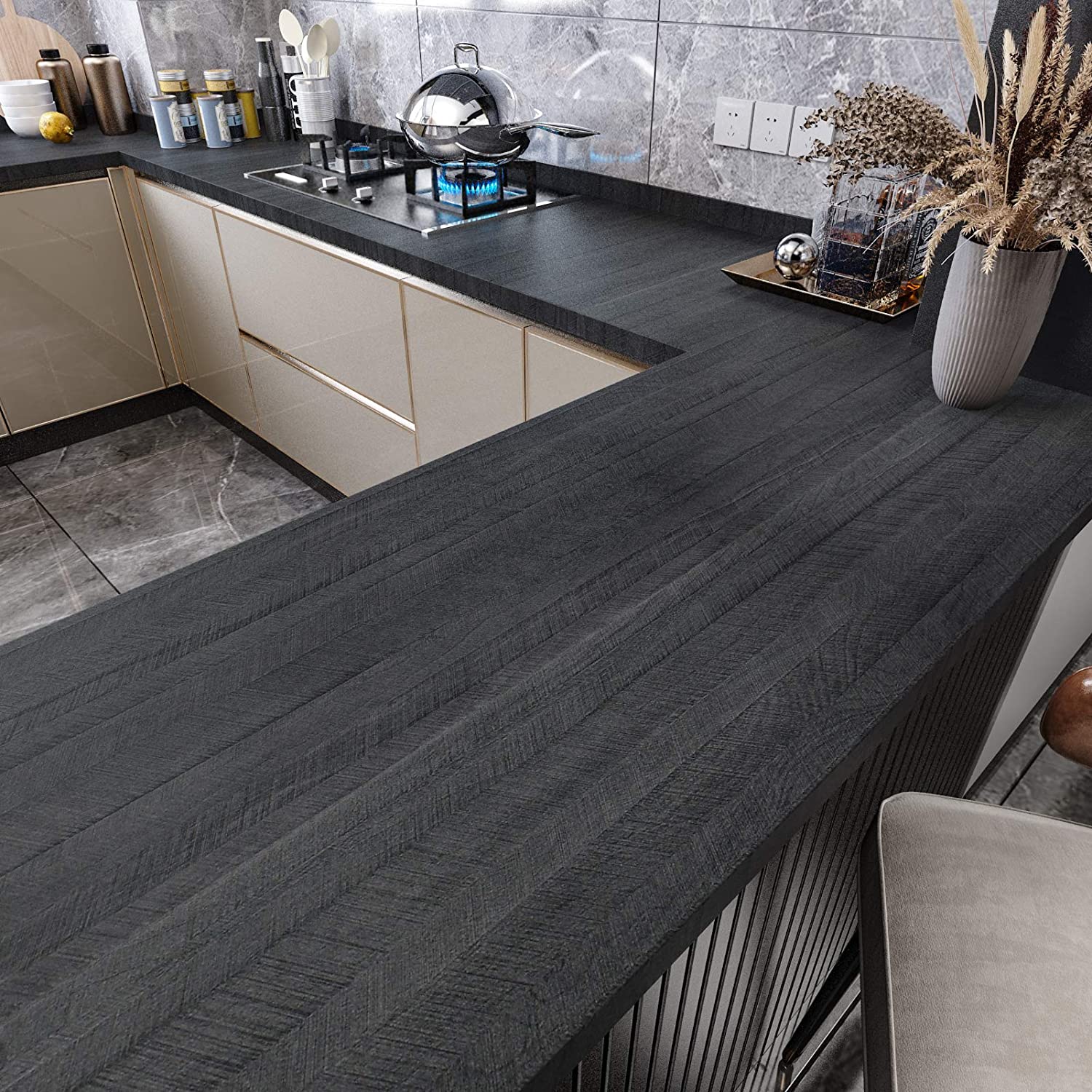
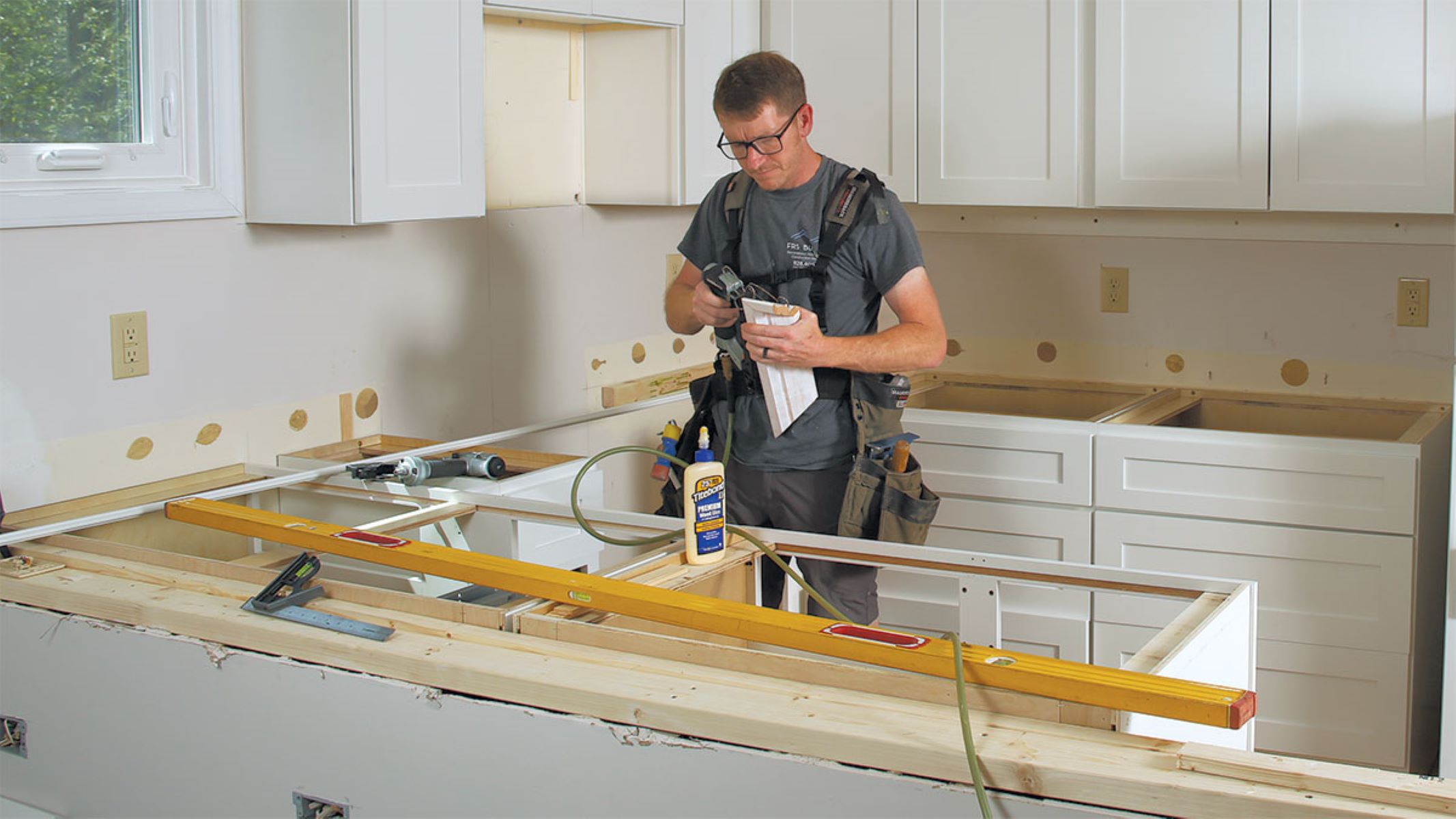
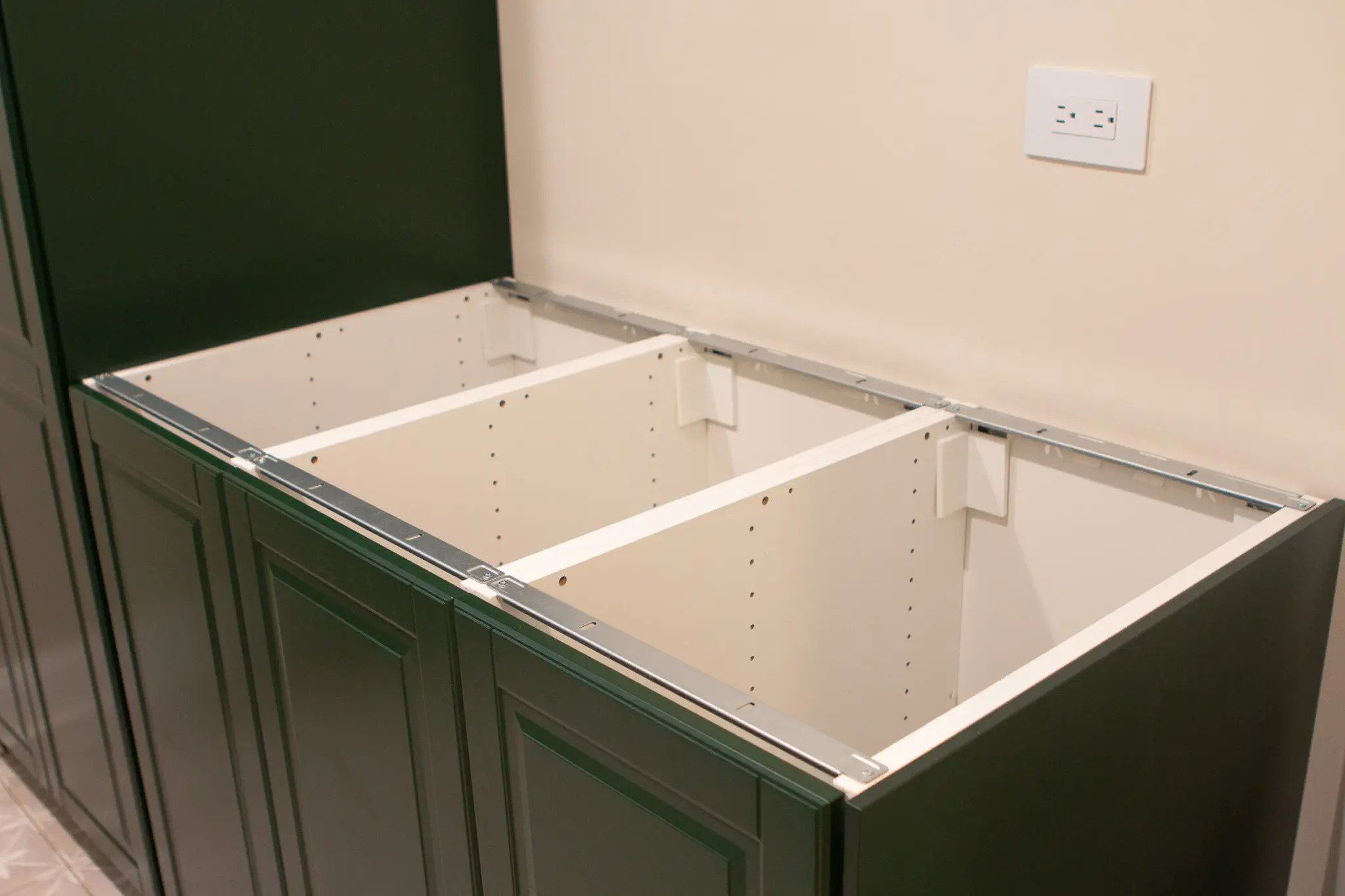
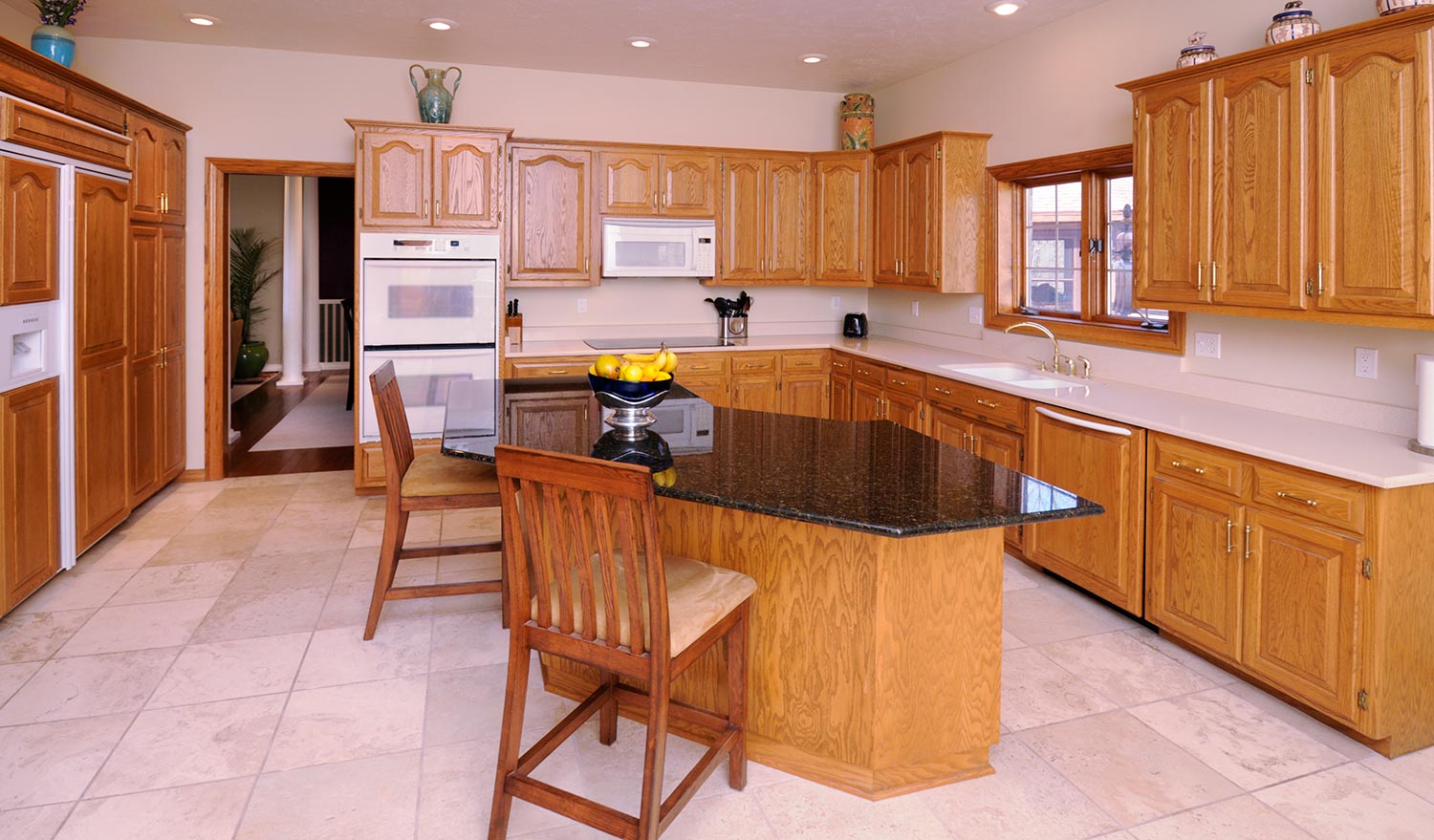
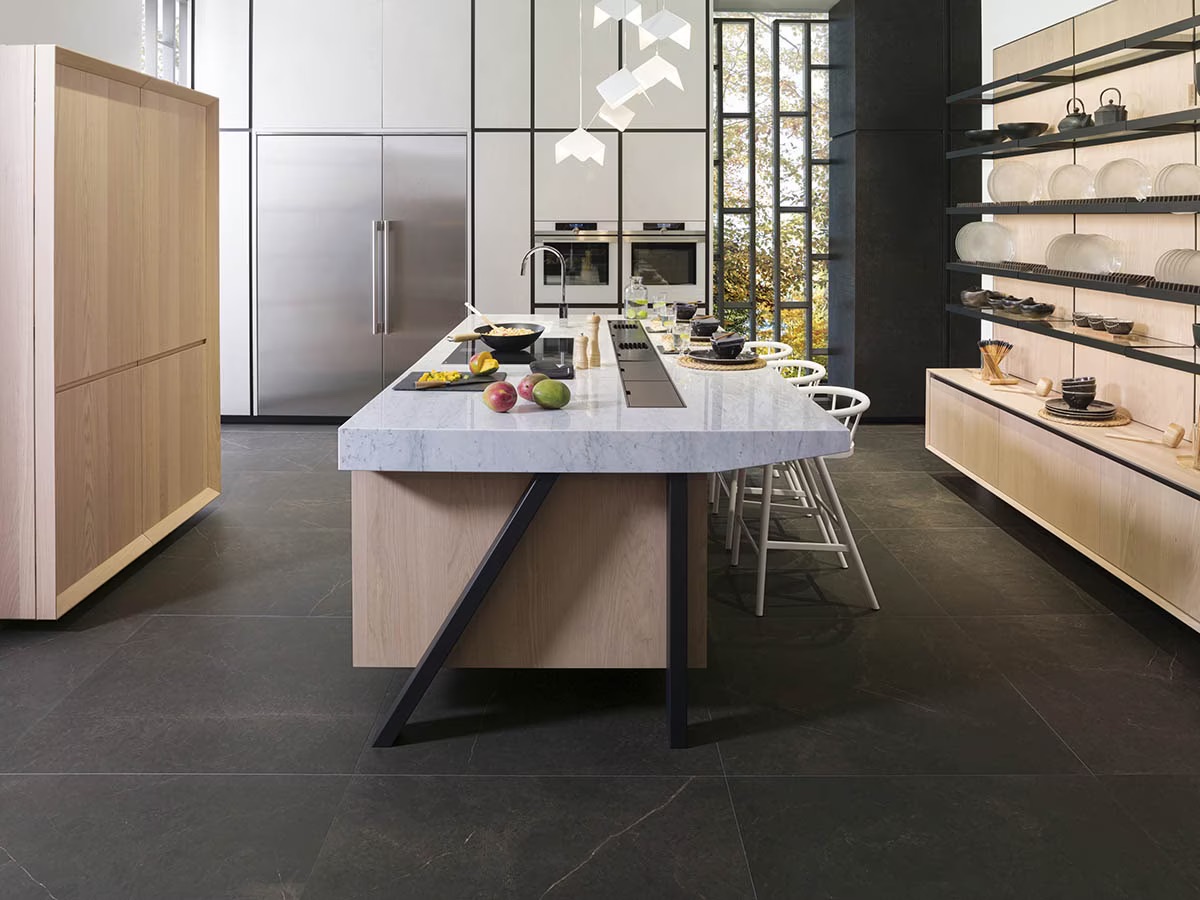
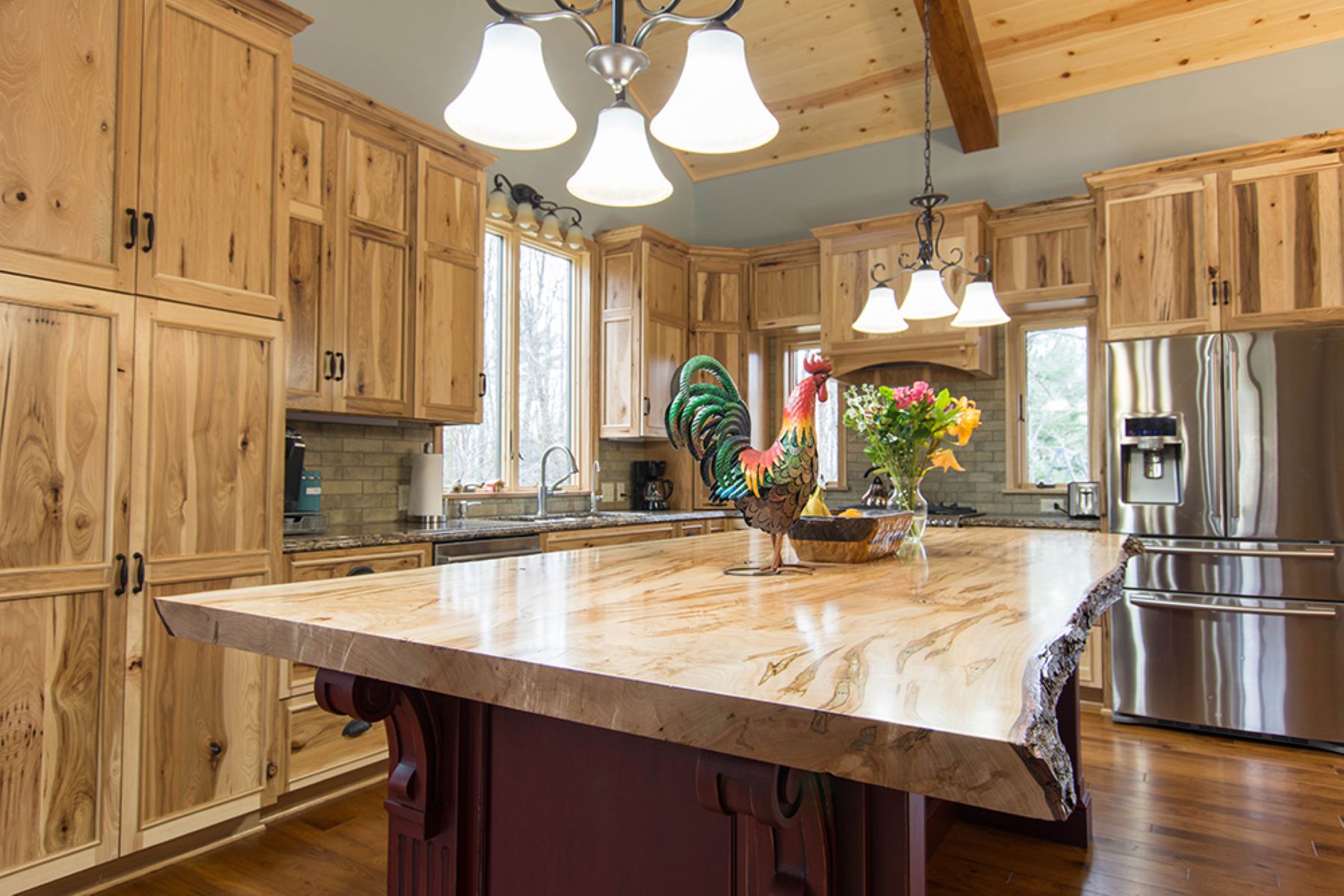
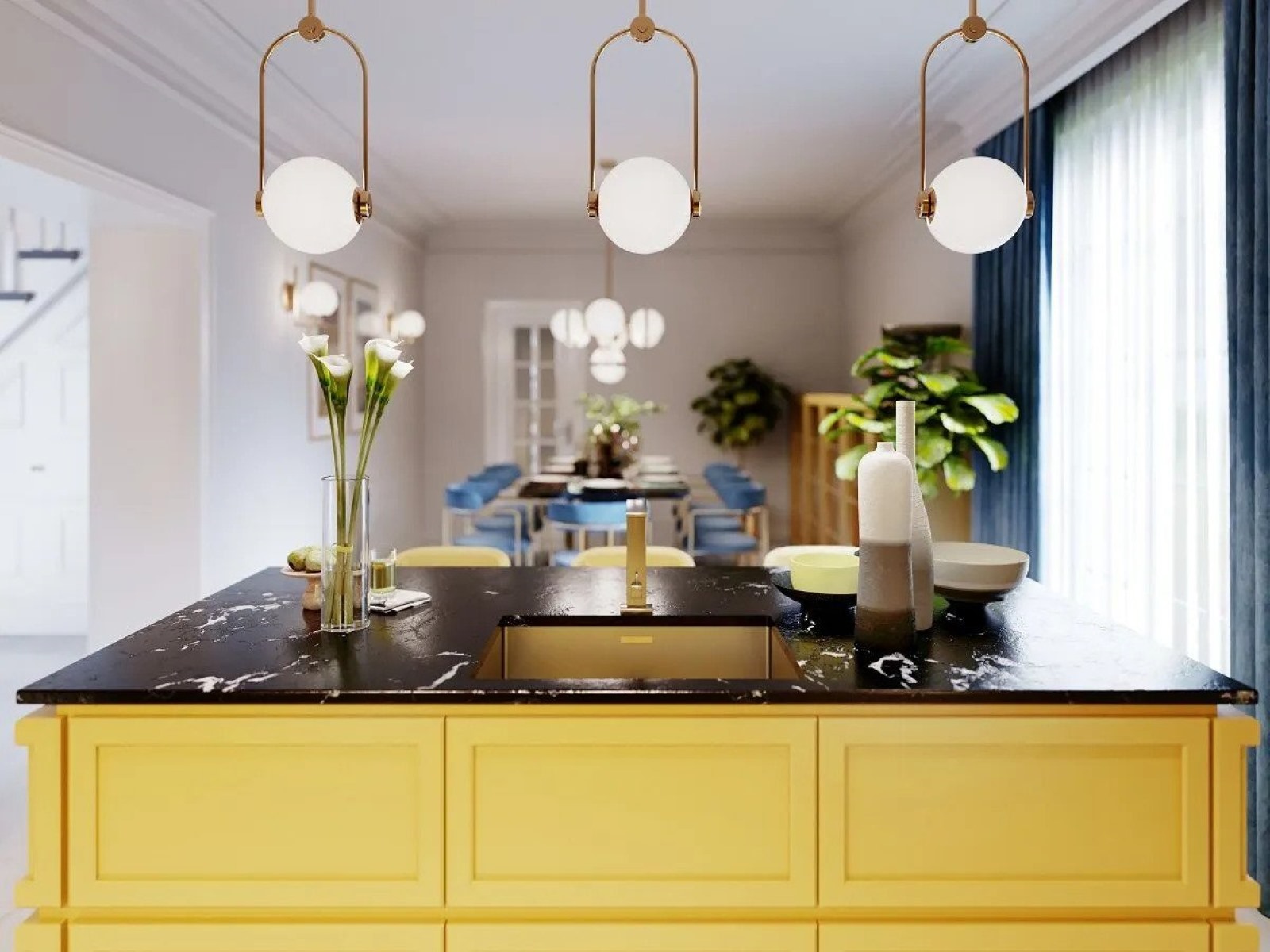
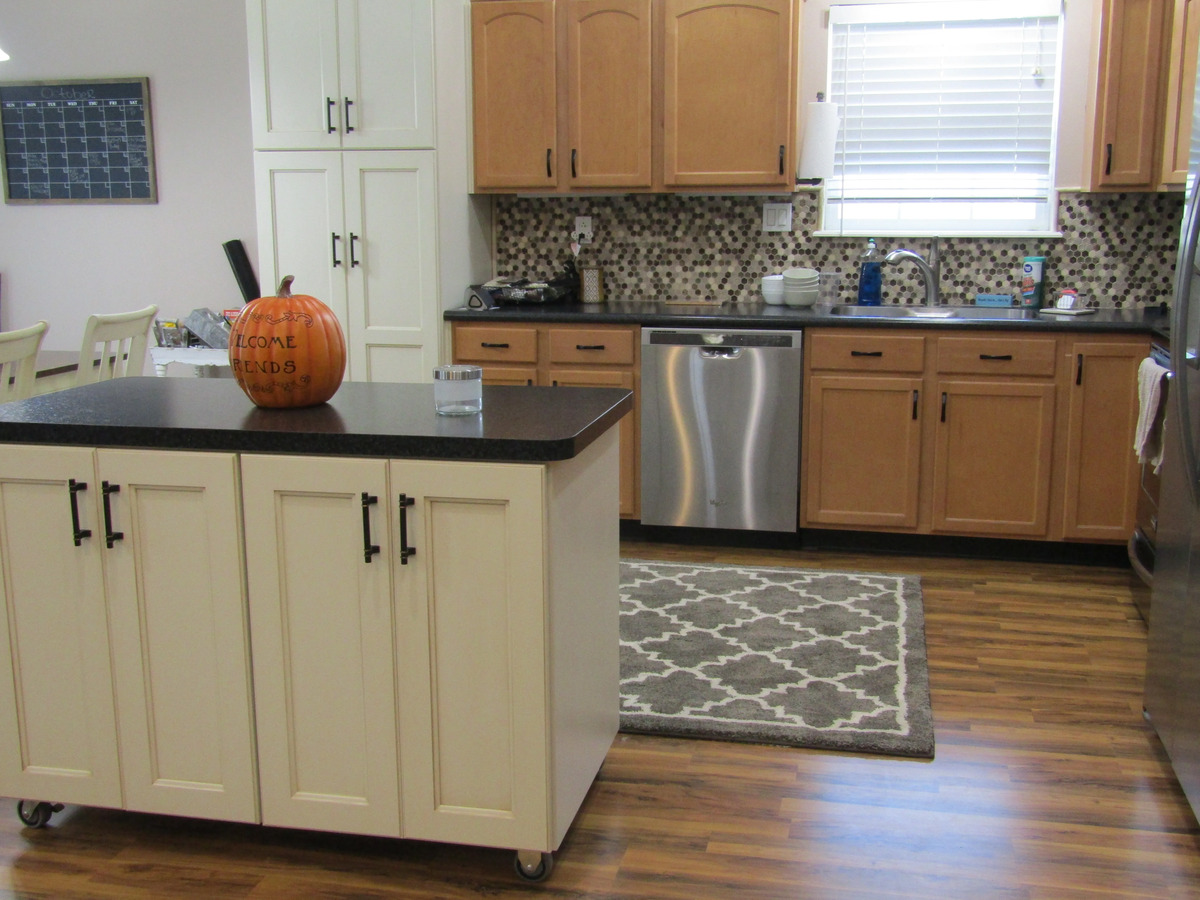
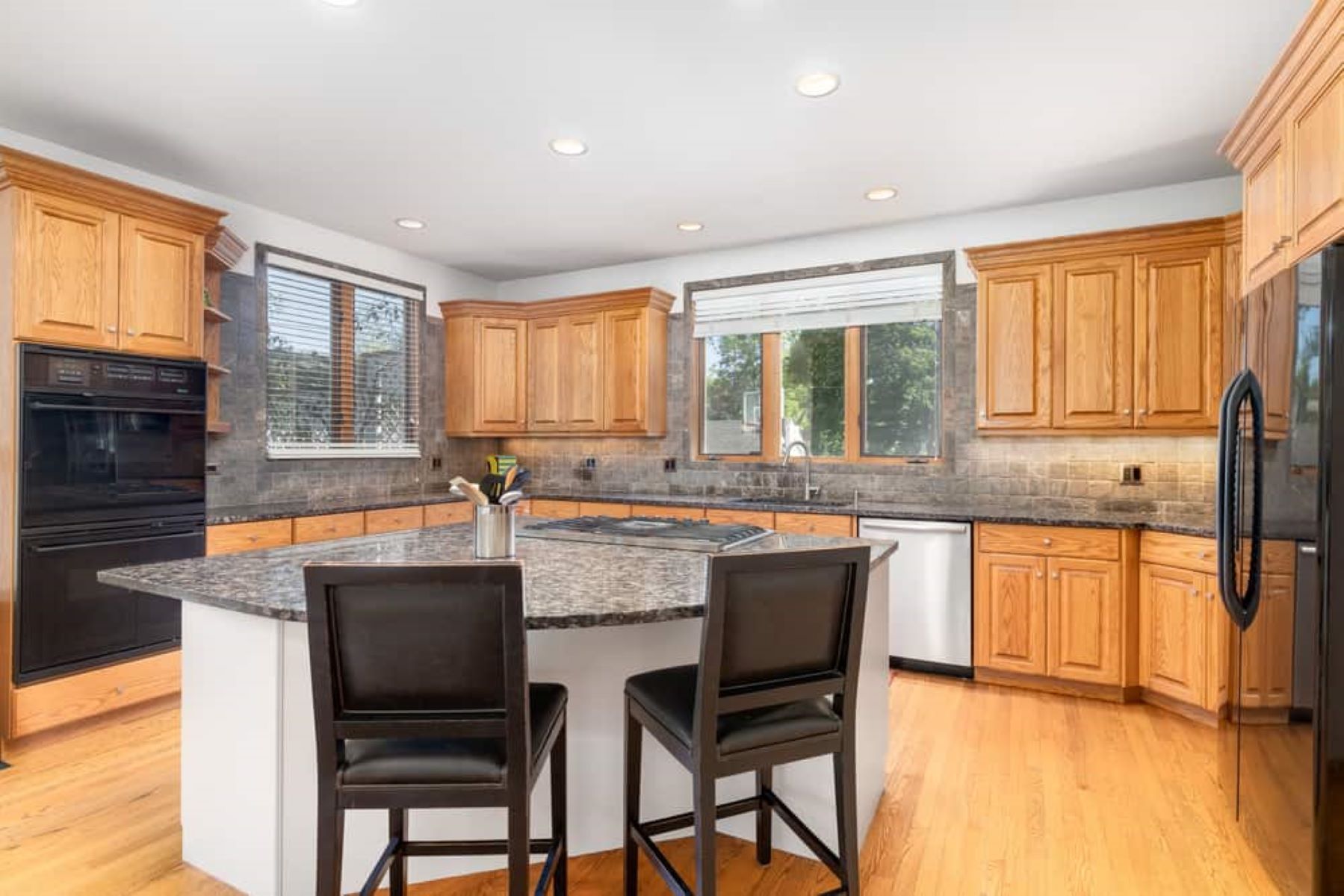
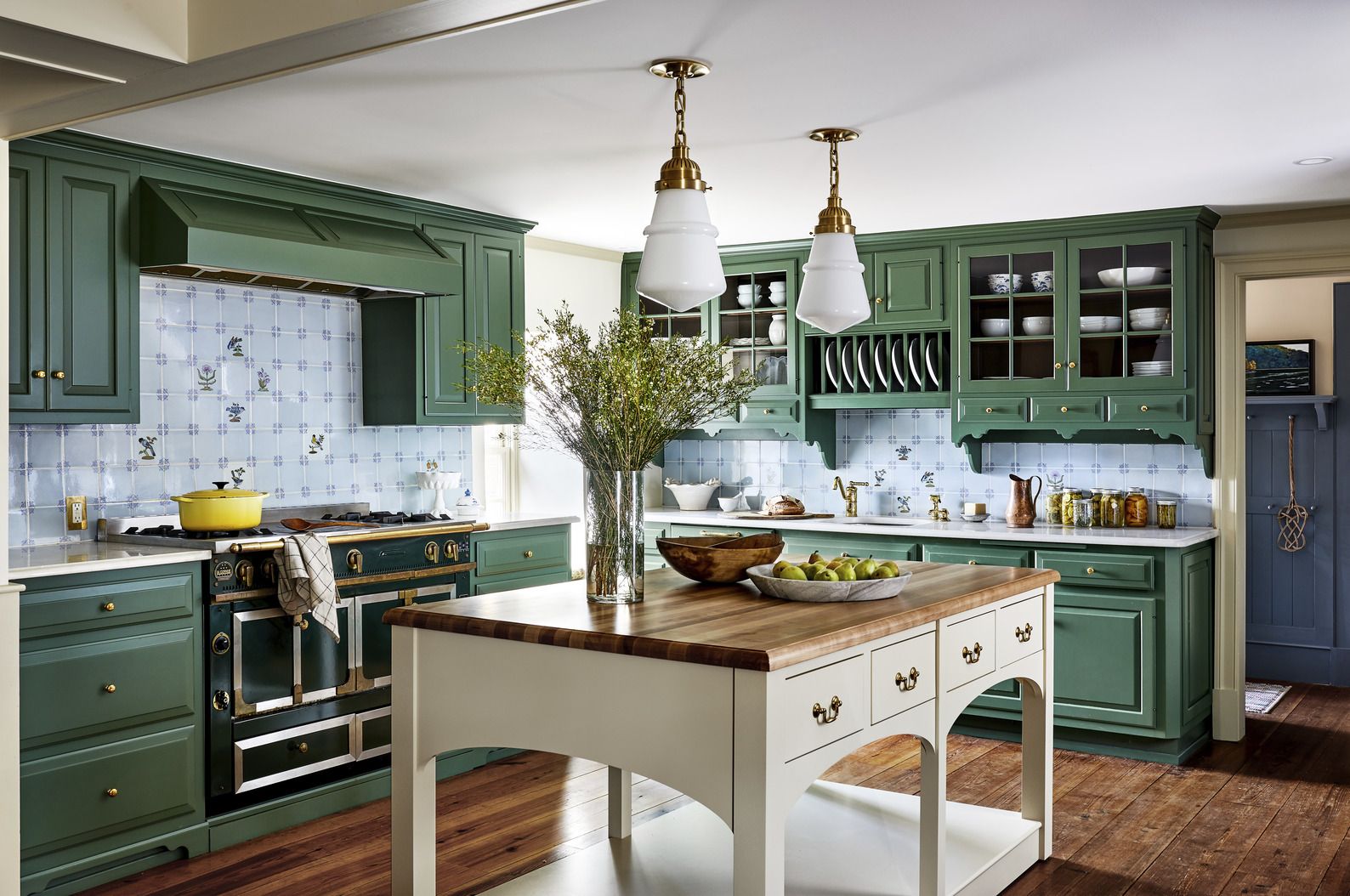
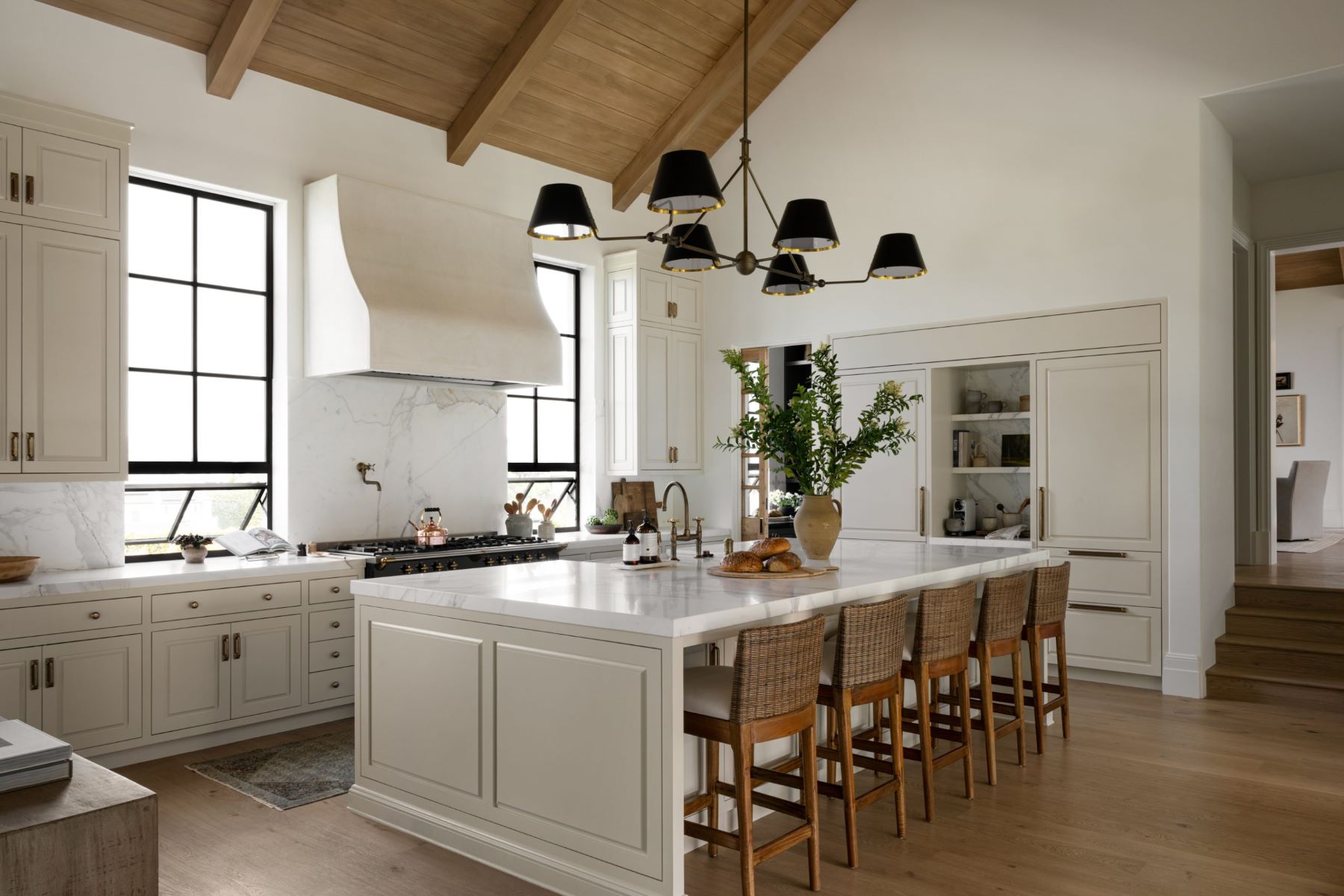
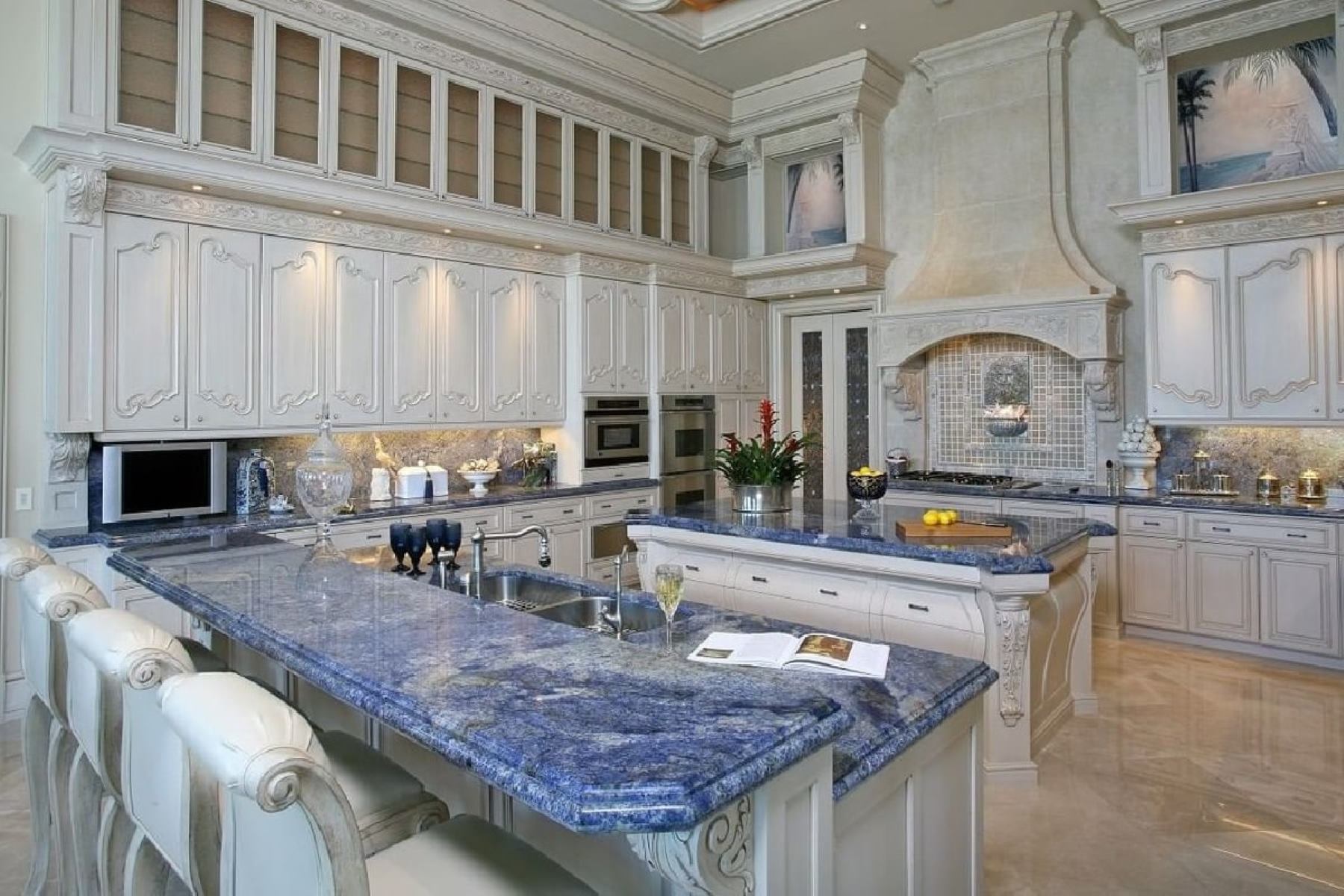
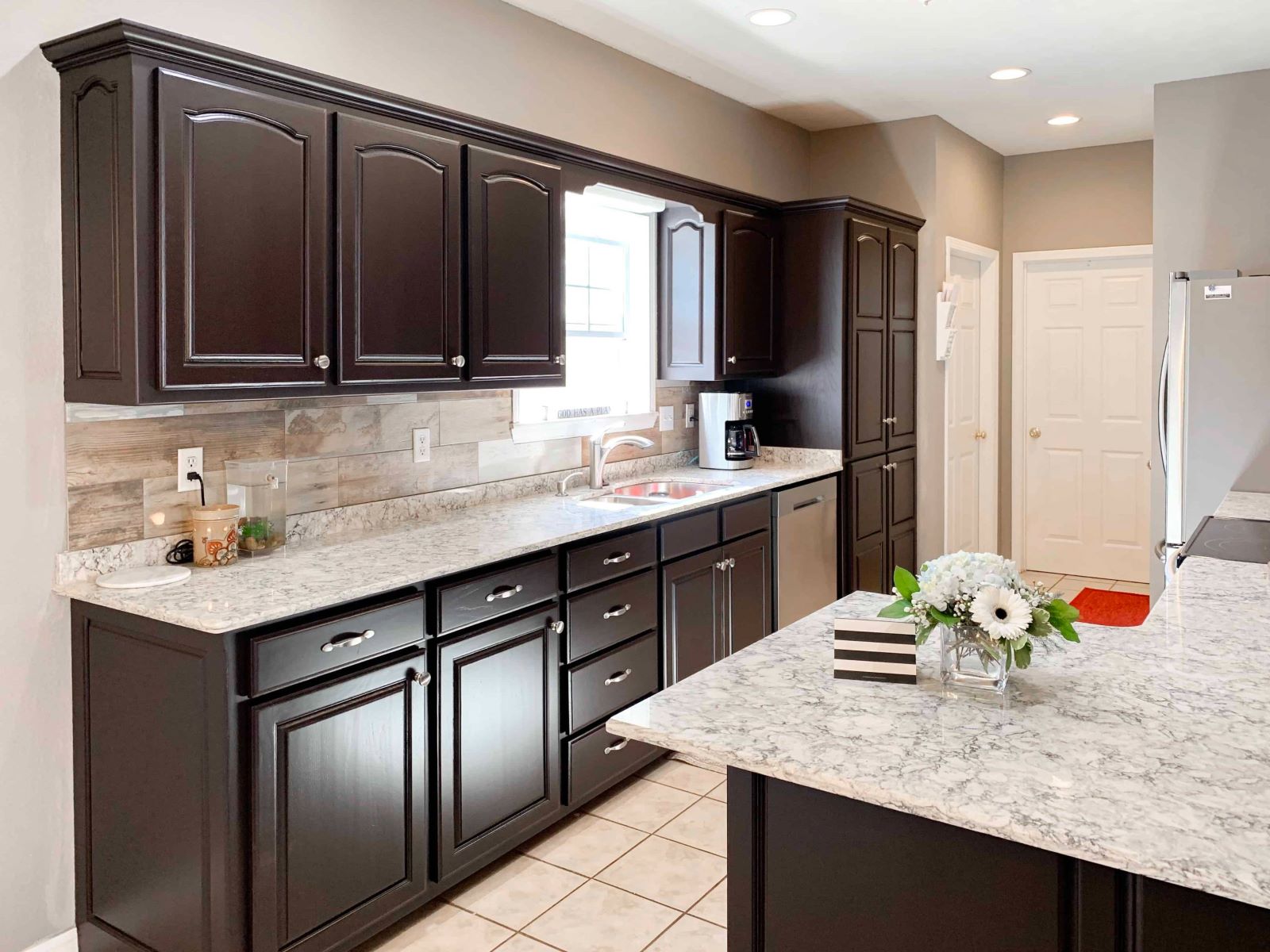
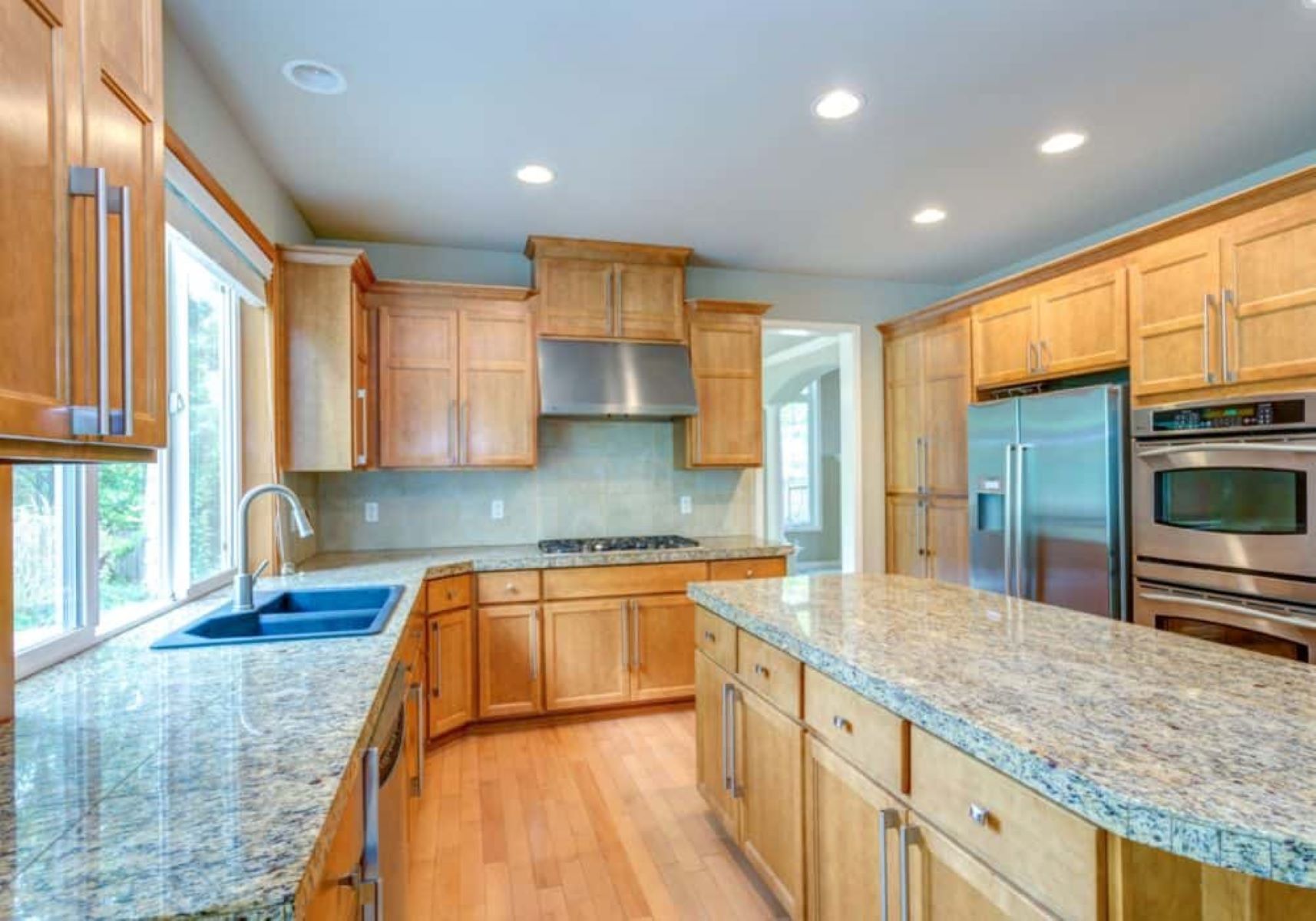

0 thoughts on “How To Match Countertops With Cabinets”